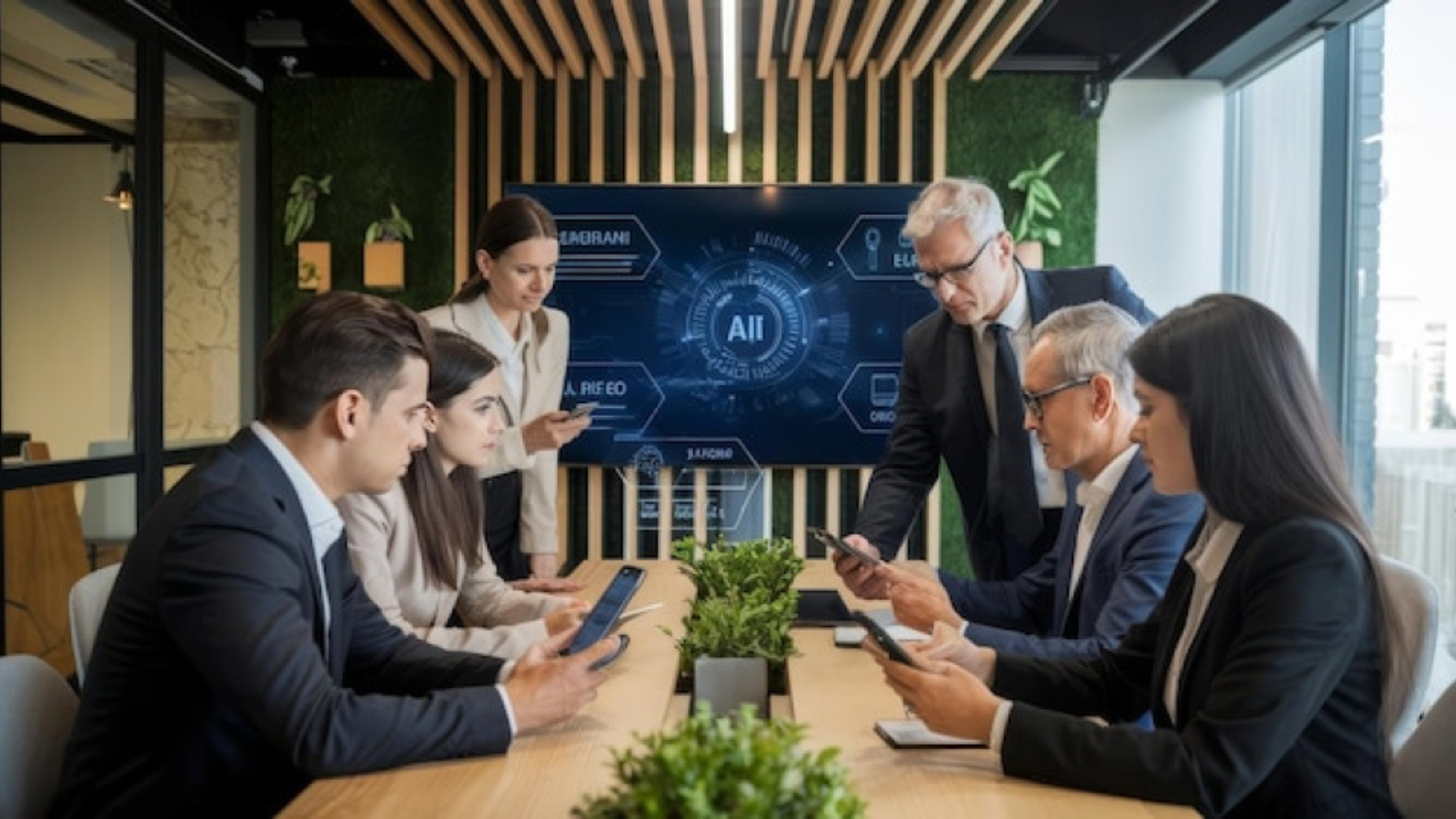In recent years, China has been making significant strides in the field of robotics and artificial intelligence. The latest development that has caught the world’s attention is the showcase of humanoid robots, dubbed ‘Arhats’, at a major tech exhibition in Beijing. This display of advanced humanoid robots has both stunned observers with its technological prowess and raised concerns about the implications of such rapid progress in AI and robotics.
The Arhat Showcase
The term ‘Arhat’ comes from Buddhist tradition, referring to one who has gained insight into the true nature of existence and has achieved nirvana. The choice of this name for the robots suggests a blend of cutting-edge technology with traditional Chinese cultural elements.
The showcase featured a range of humanoid robots with capabilities that seemed to push the boundaries of current robotics technology. These Arhats demonstrated:
1. Advanced Mobility: The robots showed fluid, human-like movement, including walking, running, and even complex acrobatics.
2. Natural Language Processing: They engaged in conversations in multiple languages, showing an understanding of context and nuance.
3. Facial Recognition and Emotion Detection: The Arhats could recognize individuals and interpret facial expressions, responding appropriately to emotional cues.
4. Task Performance: From delicate tasks like threading a needle to more complex activities like preparing a meal, the robots displayed a wide range of physical capabilities.
5. Learning and Adaptation: Perhaps most impressively, the Arhats demonstrated the ability to learn from their environment and adapt to new situations in real-time.
Technological Implications
The showcase of the Arhats represents a significant leap forward in humanoid robotics. Several key technological advancements were apparent:
1. AI Integration: The level of artificial intelligence displayed by the Arhats suggests a major breakthrough in integrating AI with physical robotic systems.
2. Sensors and Actuators: The robots’ ability to interact with their environment indicates highly advanced sensor technology and precise control systems.
3. Power Management: The Arhats’ sustained operation points to innovations in power storage and management.
4. Materials Science: The robots’ construction likely involves cutting-edge materials that allow for both durability and flexibility.
5. Data Processing: The real-time processing capabilities necessary for the Arhats’ performance suggest advancements in on-board computing power.
Societal Impact and Concerns
While the technological achievements are impressive, the showcase has also sparked discussions about the potential societal impacts of such advanced humanoid robots:
1. Labor Market Disruption: The versatility of the Arhats raises questions about their potential to replace human workers across various industries.
2. Privacy and Surveillance: The advanced sensing and recognition capabilities of these robots could have significant implications for privacy if deployed in public spaces.
3. Ethical Considerations: As robots become more human-like, complex ethical questions arise about their rights, responsibilities, and place in society.
4. Security Concerns: The potential for such advanced robots to be used in military or law enforcement contexts has raised security concerns internationally.
5. Human-Robot Interaction: As robots become more prevalent, there are questions about how this will affect human social interactions and psychological well-being.
Global Reactions
The international community has responded to the Arhat showcase with a mix of awe and apprehension:
1. Tech Industry: Many in the global tech industry have expressed admiration for the technical achievements, with some calling for increased investment in robotics research to keep pace.
2. Governments: Several governments have expressed concern about the potential military applications of such technology and have called for international discussions on robotics regulations.
3. Academia: Researchers in AI and robotics have been excited by the possibilities for advancing their fields, while ethicists and sociologists are calling for more studies on the societal impacts.
4. Public: Public reaction has been mixed, with some expressing excitement about the potential benefits of advanced robots, while others worry about job displacement and privacy issues.
China’s Strategic Advantage
The showcase of the Arhats highlights China’s growing dominance in the field of AI and robotics. Several factors contribute to China’s advantage in this area:
1. Government Support: The Chinese government has made AI and robotics key priorities in its technological development plans, providing significant funding and resources.
2. Data Availability: China’s large population and more relaxed data privacy regulations provide vast amounts of data for training AI systems.
3. Talent Pool: China produces a large number of engineering and computer science graduates each year, creating a robust talent pipeline for tech development.
4. Manufacturing Capabilities: China’s strong manufacturing base provides a solid foundation for producing advanced robotic systems at scale.
5. Cultural Acceptance: There is generally higher acceptance of automation and AI in Chinese society, facilitating faster adoption and development.
Looking Ahead
As we consider the implications of the Arhat showcase, several key questions emerge for the future:
1. How will other countries respond to China’s apparent lead in humanoid robotics?
2. What regulatory frameworks need to be developed to address the ethical and security concerns raised by such advanced robots?
3. How can societies prepare for the potential economic and social changes that widespread adoption of humanoid robots might bring?
4. What new opportunities might emerge from the development of such advanced robotic systems?
Conclusion
The showcase of the Arhat humanoid robots represents a significant milestone in the field of robotics and AI. It demonstrates China’s growing technological prowess and hints at a future where advanced humanoid robots could become a part of our daily lives. While the technological achievements are impressive, they also bring to the forefront important discussions about ethics, privacy, security, and the future of work.
As we move forward, it will be crucial for governments, industry leaders, academics, and the public to engage in open dialogue about how to harness the potential of these technologies while addressing the valid concerns they raise. The rise of the Arhats is not just a technological achievement; it’s a call to action for the global community to thoughtfully consider and shape the future of human-robot interaction.
The stunning capabilities of the Arhats serve as both a testament to human ingenuity and a reminder of our responsibility to guide technological development in a direction that benefits all of humanity. As we stand on the brink of a new era in robotics, the choices we make now will shape the relationship between humans and machines for generations to come.







